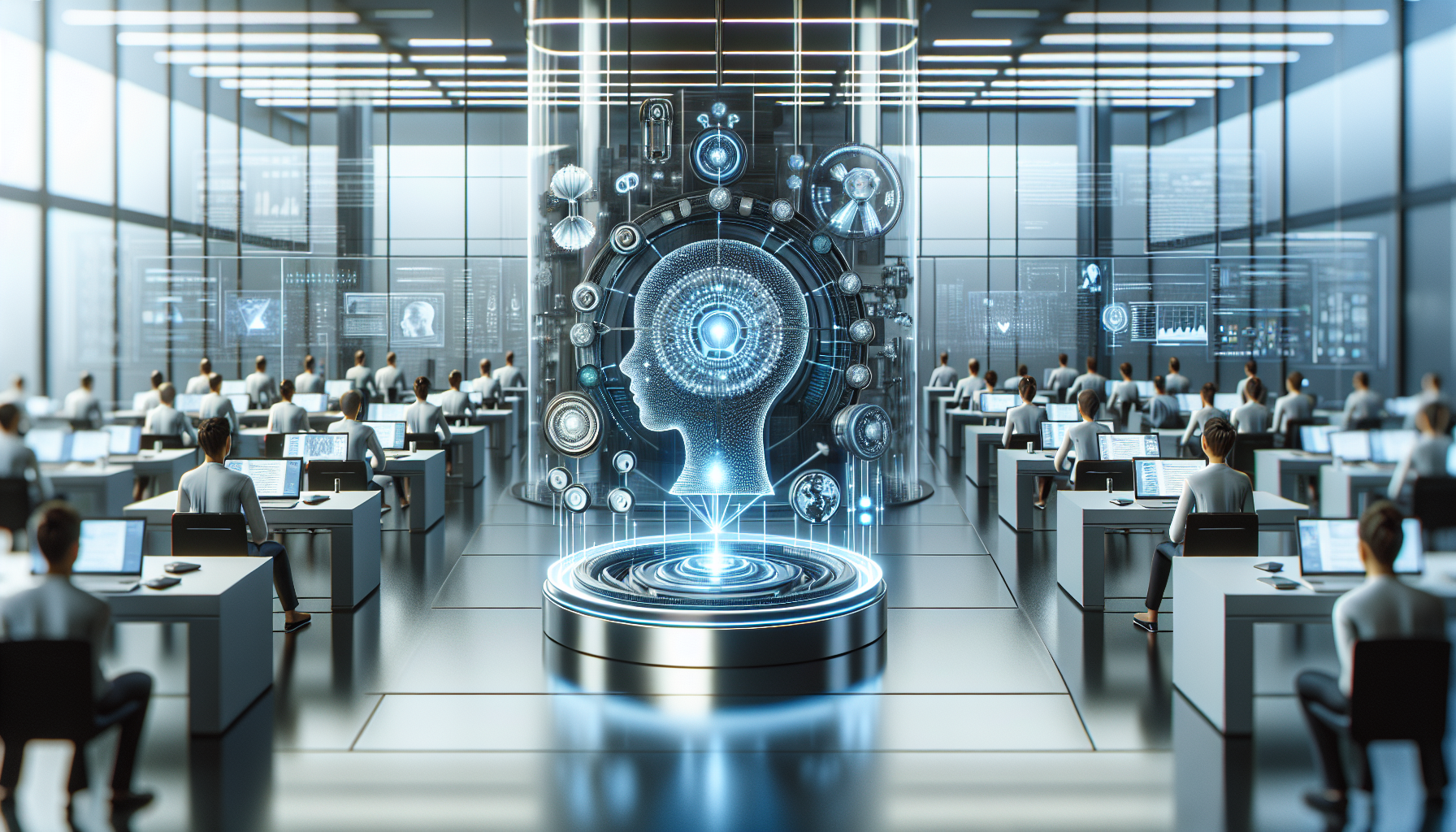
Bias in AI: A How-to Guide for Ensuring Fairness and Inclusivity
April 6, 2025
Artificial intelligence, hailed as a revolutionary force, is increasingly influencing decisions once made solely by humans. Yet, as AI systems permeate various aspects of life, the issue of bias within these systems has sparked critical debate. How can AI be fair and inclusive when the very data feeding its algorithms may be skewed? This article digs into the complexities of AI bias and offers a pragmatic guide on addressing these challenges.
First, it's essential to understand the roots of bias in AI. AI algorithms learn from data—data that, unfortunately, often reflects human prejudices. Whether it's a hiring algorithm that discriminates based on gender or a facial recognition system that inaccurately identifies individuals of certain ethnicities, the implications are significant and sometimes harmful. These issues highlight a fundamental truth: AI is not inherently neutral.
Addressing bias begins with recognizing its presence. Many organizations fall into the trap of assuming their data is inherently objective. However, the data collected for training AI systems is often influenced by historical and cultural biases. For instance, if an AI model is trained on hiring data from a company that has historically favored male candidates, it is likely to perpetuate this bias unless corrective measures are taken.
One practical step towards inclusivity is diversifying the data sets. This involves actively seeking out and incorporating data that represents a broader spectrum of human experiences. For example, when developing language processing algorithms, including texts from diverse cultural backgrounds can help avoid the reinforcement of stereotypes.
Yet, diversifying data is just one part of the solution. Transparency in AI processes also plays a crucial role. Organizations must adopt an open approach, clearly communicating how their algorithms function and the data they use. This transparency allows for external audits and critiques, fostering an environment where biases can be identified and corrected.
In addition, it's vital to involve a diverse group of individuals in the development of AI systems. A team with varied backgrounds and perspectives is more likely to recognize and address potential biases. This doesn't just mean diversity in terms of race or gender, but also diversity in fields of expertise. Including ethicists, sociologists, and other specialists can provide valuable insights into the societal impacts of AI technologies.
Furthermore, ongoing monitoring and evaluation of AI systems are critical. Bias is not a problem that can be solved once and then forgotten; it requires continuous attention. Implementing regular audits and updates to AI algorithms ensure they evolve in a direction that aligns with fairness and inclusivity.
Another important consideration is the development of ethical guidelines and regulatory frameworks. While some may argue that regulation stifles innovation, creating a standardized set of ethical guidelines can actually lead to more responsible and sustainable AI development. Companies should be encouraged, or even mandated, to adhere to these guidelines to ensure their technologies respect human rights.
Despite these strategies, some challenges remain. The complexity of AI systems often makes it difficult to trace the origins of a bias, and the rapid pace of AI development means biases can emerge faster than they can be addressed. Stakeholders must remain vigilant, continually questioning and refining their approaches to AI development.
As we navigate the intricate landscape of AI, it is crucial to acknowledge that complete objectivity may be an unattainable ideal. However, striving for a more fair and inclusive AI is a worthy pursuit—one that requires the collective efforts of technologists, policymakers, and society at large.
The question remains: As AI continues to advance, will we rise to the challenge of ensuring it serves all of humanity equitably? Or will we allow it to perpetuate the very biases we seek to eliminate? The path we choose will shape the future of AI and its role in our lives.


